How a Freelancer Lost $3,000 to a Fake Invoice—and How You Can Avoid It
“I thought it was from my client. The logo, the email address, even the project details—it all looked right. By the time I realized it was fake, the money was gone.”
That’s what Jamie, a graphic designer and solo freelancer, said after falling victim to a sophisticated invoice scam. It cost her $3,000, several sleepless nights, and a bruised sense of trust.
In this post, we’ll break down exactly how it happened, the red flags she missed, and what you can do to protect your own business from falling into the same trap.
🔍 What Happened
Jamie regularly works with a handful of clients, and invoices them through email using a popular invoicing tool. One day, she received what looked like a normal payment request for a job she had just finished.
The email came from a spoofed address that looked almost identical to her client’s.
The invoice was in a legit-looking PDF, complete with project details, her name, and logo.
The payment instructions directed her to a different bank account—but it was labeled as “updated payment info.”
She wired the money the next day, thinking it was a pass-through payment on behalf of a subcontractor. Two days later, the real client asked why she hadn’t yet sent the actual invoice. That’s when Jamie realized she’d been scammed.
🚩 Red Flags That Were Missed
Let’s look at the warning signs that are easy to overlook when you’re busy running a business:
Slightly Off Email Address
The scammer used something likebilling@client-company.coinstead of@client-company.com.Urgency or Confusion
The message mentioned a “last-minute change” to banking details, urging quick action.Lack of Verification
Jamie didn’t double-check the request through another channel (e.g., phone call or original email thread).Unusual Payment Instructions
The scam involved wiring money—often harder to reverse than credit card payments.
🛡️ How You Can Protect Yourself
Here are simple steps any solo entrepreneur or freelancer can take to stay safe:
1. Always Confirm Payment Changes
If a client suddenly changes payment methods or bank details, confirm it directly through a trusted channel—not by replying to the same email thread.
2. Use a Secure Invoicing Platform
Stick to well-known invoicing tools (like QuickBooks, FreshBooks, or Wave) with two-factor authentication. These reduce your exposure to spoofed requests.
3. Enable Two-Factor Authentication (2FA)
Your email is the gateway to your clients, invoices, and payment links. Lock it down with 2FA to prevent account takeovers.
4. Train Yourself to Pause
When an email feels “urgent,” pause before acting. Scammers exploit your instinct to move fast.
5. Watch for Lookalike Domains
Check the sender’s domain name carefully. If something seems off—trust your gut and verify.
💡 Bonus Tip: Set Up an Internal Policy (Even If You’re a Team of One)
Create a short personal checklist like:
✅ Confirm new payment instructions via phone
✅ Check sender address for typos
✅ Never rush large transfers without pause
✅ Store client payment details securely
Even writing this down helps build the habit.
🚨 Don’t Let This Happen to You
Scams like the one Jamie faced are becoming more common—especially as more small business owners and freelancers work remotely, juggle tools, and trust email as their main channel of communication.
But you can protect yourself with just a few smart habits.
👉 Want a free Cyber Health Report for your business?
We’ll check your website, tools, and habits for the most common vulnerabilities—no tech knowledge needed.
Get Your Report →

